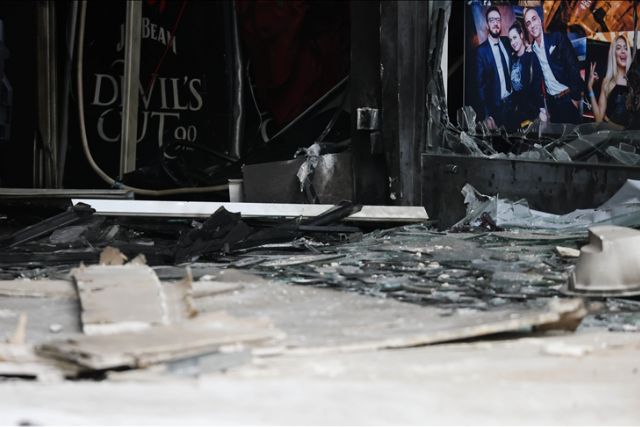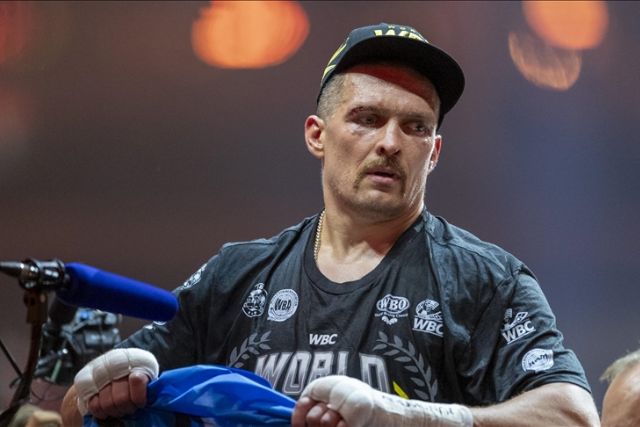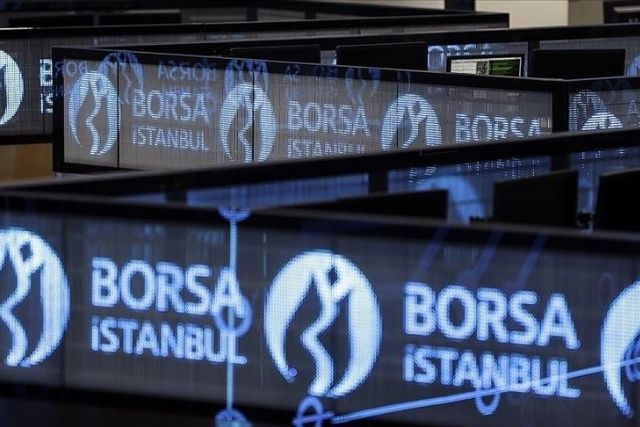‘Ssh!’ Stoic silence, safety checks ‘critical’ for rescuers in post-quake operations in Türkiye
Bursa Search and Rescue volunteer professionals work to save lives

KAHRAMANMARAS, Türkiye
Following protocols including silence, safety checks and risk assessments are critical parts of post-earthquake operations in Türkiye.
Before launching search and rescue operations for survivors trapped under the rubble, rescue teams survey buildings for gas leaks and check electricity supplies and water breaks.
Operations include “stoic silence” that breaks the long hours of wails, sobs, conversations and concrete breakers.
“Precautions are the first measure which search and rescue teams take,” said Sevgi Baysal, an architect by profession who is volunteering with BAKUT, or Bursa Search and Rescue.
BAKUT is a volunteer-based independent group in the northwestern city of Bursa.
Fifty-one members of the professionally-trained group rushed to the southern province three hours after the 7.7 and 7.6 magnitude earthquakes, centered in Kahramanmaras province, hit Türkiye on Monday.
More than 13 million people were affected in 10 provinces, including Adana, Adiyaman, Diyarbakir, Gaziantep, Hatay, Kilis, Malatya, Osmaniye and Sanliurfa.
At least 24,617 people have been killed and over 80,000 others injured by the two strong earthquakes, officials said on Saturday.
Almost 92,700 have been evacuated from quake-hit regions.
Several countries in the region, including Syria and Lebanon, also felt the strong tremors that struck Türkiye in the space of less than 10 hours.
Security, safety and stoic silence
Cihat Oz, a businessman and head of BAKUT, told Anadolu that the first step to search and rescue operation during disasters like earthquakes is to find a safe place from the calamity.
“We look for a place where we set up our camp and operations center and the place should be safer,” Oz said while his team was searching for survivors under the debris of a nine-story building in the main city of the southern province of Kahramanmaras.
The group is searching its fifth building since getting into Kahramanmaras early Tuesday after traveling for more than 20 hours.
They were successful in rescuing three people. More than 20 bodies were also recovered.
Baysal, who works for an international consultancy for architecture and engineering projects in Türkiye and around the globe, said soon after the campsite is found, the team starts interviewing those living around a collapsed building to ascertain the number of people who live inside.
“It is important to know the number of flats, number of people, their age and whether anyone is undergoing any particular health condition,” said Baysal.
Baysal joined BAKUT after seeing her sister engaged in post-quake operations in Izmir along the Aegean coast in 2020. That disaster killed 119.
They left their single mother back in Bursa who is “worried about us but knows we are doing a good job for our people,” said Baysal, who was repeatedly interrupted by colleagues as hope for survivors persists during the operation.
Families and relatives of those trapped stayed put across the street. While soup and other food are being served, many are sitting with their fingers crossed while women are silently praying beside stand-by vehicles.
Baysal leads her team for a safety check of the building before entering.
“The safety of the search and rescue crew is important so we need to know all critical issues so that the post-disaster operations are not hampered,” she said.
The BAKUT group, with search and rescue members aged 18 and older, is also carrying a dog.
“The survey of a damaged building gives us an idea of the design of a particular flat,” she said. “Since the earthquake occurred during the night it is normal that people would be sleeping in their bedrooms, usually rare side of residential flats, thus search and rescue focus would be that part of a residential flat.”
After the survey, the volunteer architect said: “Amid stoic silence around the search area, our team lowers their bodies to hear for any noise coming out.”
“If noise is heard, we focus on that part and it is possible to find survivors in the first go,” said Baysal.
Search and rescue teams use whistles to signal that “no noise is made” by people waiting around while traffic is stopped if the building is along a street.
“Trained sniffer dog is one of the first tools we use for search but since sometimes rubble blocks the passage of air, dogs may not always be able to find trapped people,” she said.
The third step is to “make human calls.”
“We call out people trapped … may be using their names to draw their attention … some people may not be able to speak so we ask them to make an impact call – meaning, we ask them to hit or knock any object nearby which can make noise so that we find the place where they are trapped,” said Baysal, an alumnus of Istanbul Kultur University.
Other steps use heavy tools and equipment in addition to concrete breakers.
Trapped people ‘lose track of time'
After survivors are found, Baysal said, “it is important to engage them in conversations to boost their morale.”
“The people trapped under damaged buildings (usually) lose track of time … they lose perception of time,” she said, referring to an instance when an elderly lady rescued by the BAKUT team was angry because she wanted to know “why she was not rescued for four days.”
“Our team had rescued the lady just the next day after the earthquake hit on Feb. 6 but she had lost track of time,” said Baysal, suggesting conversations with those rescued are a must “so that they feel normal.”
Soon after getting to Kahramanmaras, BAKUT was directed by Türkiye's Disaster and Emergency Management Presidency (AFAD) to certain neighborhoods to begin operations.
“We surveyed 15 buildings and our decisions taken at the initial stage helped us save people in the first go,” said Baysal. “Very, very old buildings” in quakes-hit parts of Kahramanmaras “are mostly intact.”
1999 Izmit earthquake, foundation of BAKUT
It was a passionate hiking and mountaineering group in 1999 from Bursa that rushed to Izmit, located on the easternmost end of the Sea of Marmara, when a 7.6 magnitude earthquake hit the city where BAKUT began. That quake resulted in the deaths of 17,127 people.
“After the group returned home,” said Oz, “they decided to form BAKUT which has since evolved into a professional team that carries out different post-disaster operations including after forest fires, earthquakes, floods, landslides, mountaineering incidents.”
He said the group is also training a younger generation.
“But in real post-disaster operations only adults are involved,” he said.
Since the group got to Kahramanmaras, they have worked around the clock.
“Our members rest for four to five hours,” said Baysal as she stood near tents installed by the group for management, cooking and sleeping.
More than 166,000 search and rescue personnel are currently working in the field, according to the AFAD.
Around 8,378 search and rescue teams from outside Türkiye have joined post-quake operations since Tuesday.
Almost 92,700 people have so far been evacuated from quake-hit regions.
President Recep Tayyip Erdogan said Friday that the history of Türkiye is challenged by one of the biggest disasters regarding the quakes in the southern provinces.
Parliament approved a three-month state of emergency Thursday to speed up aid efforts.
Türkiye is also observing seven days of national mourning in the wake of the disaster until Sunday evening.
Condolences have poured in from around the world expressing solidarity with Türkiye, with many countries sending rescue teams and aid.





